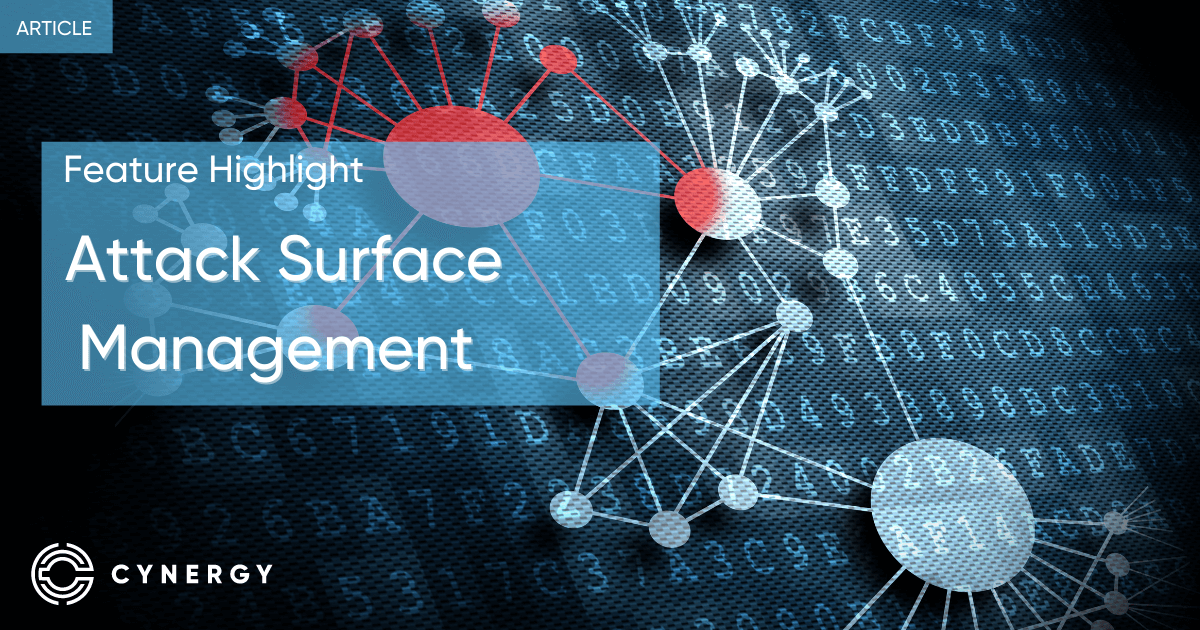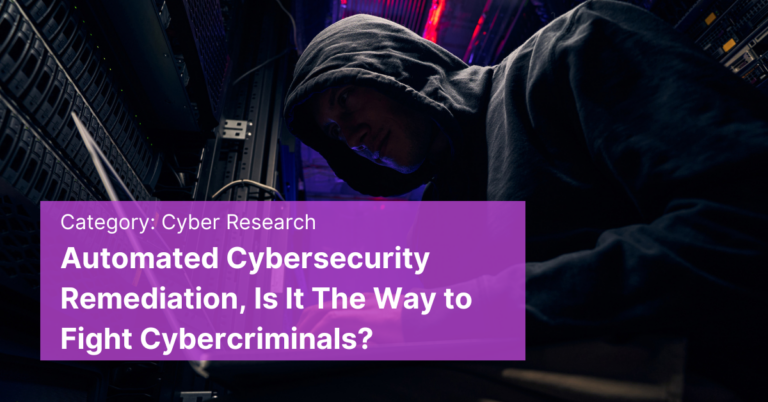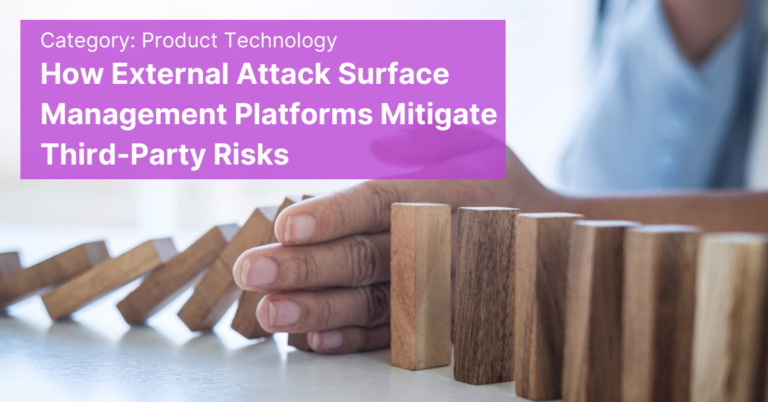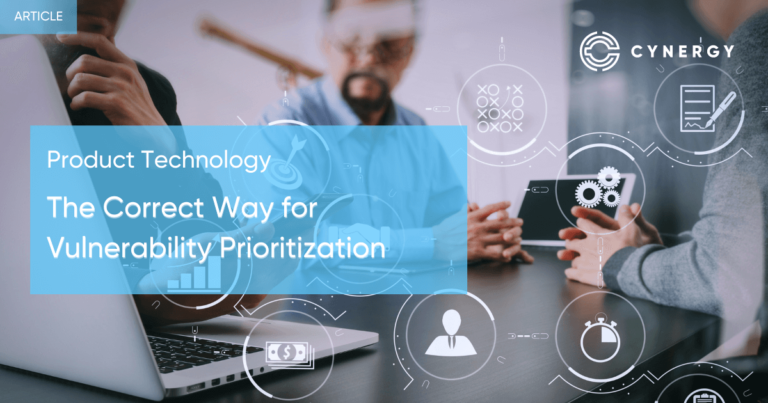Modern businesses are facing increased pressure to adopt digital solutions to maintain their competitive advantage. Besides, recommendations to shift to remote work in response to the COVID-19 pandemic have resulted in the accelerated adoption of online services to support the move. Digital solutions that allow businesses to stay competitive expand the potential attack surface, exposing their systems and data to a myriad of cyber risks. Fortunately, implementing a solid attack surface management process promises to enhance their cybersecurity postures.
While cashing in on technology solutions accrue numerous benefits to the businesses, they expose them to cyber risks by expanding the potential attack surface. Critical security gaps attributed to these risks can be exploited by cybercriminals and result in extensive damages, costs, and losses to the business. Accelerated digital transformation may cause enterprises to shortcut reasonable security controls, and this is the reason why two-thirds of them say attack surface management is more complex today than it was two years ago.
Towards that end, many companies, including SMEs, are implementing attack surface management programs to enhance their cybersecurity. To understand how these programs help SMEs assess potential threats, evaluate risk and limit the impact of cyber threats, it is critical to define what an attack surface is.
What is a Cyber-Attack Surface?
An attack surface is the accumulated vulnerabilities currently on an organization’s network that can be exploited. Attack surfaces can be physical, digital, or social engineering.
- Physical attack surfaces encompass all vulnerabilities to endpoint devices connected to the network. The surfaces encompass the totality of the security vulnerabilities in a given system that are available to an attacker in the exact location as the target.
- Digital attack surfaces comprise everything that lives outside of the firewall and can be accessed through the internet. Cybercriminals target the hardware, software, and physical devices that organizations use to conduct business. In effect, it is essential to monitor both the physical and digital attack surfaces.
- Security experts also add social engineering attack surfaces that focus on an often overlooked part of any organization’s attack surface – the people. Social engineering attack surfaces comprise all individuals (employees, customers, suppliers, contractors) who are susceptible to social engineering. Hackers leverage social engineering tactics to exploit human psychology and susceptibility to manipulate victims into divulging sensitive and confidential data or performing an action against approved security standards.
Typically, cyber criminals employ social engineering techniques or insider threats to exploit the physical attack surface. Conversely, digital attack surfaces are exploited through errors in code.

What is Attack Surface Management?
Attack surface management is a continuous process designed to identify, classify, prioritize, and monitor digital assets. The management process is based on ongoing network system analysis to help organizations identify and address arising vulnerabilities. Kasey Hewitt wrote that organizations could stay protected by implementing cyberattack surface management programs that continually assess networks for potential threats. In doing so, companies can actively limit the potential attack surface while improving the overall cybersecurity posture in the process. Attack surface management helps businesses increase transparency as well as strengthen business partnerships and customer relationships.
Components of a Comprehensive Cyber-Attacks Surface Management Program
When building an attack surface management program, several components need to be put into consideration. That said, the integration of security functionalities is also crucial, as this helps improve the efficiency and accuracy of the program.
Here are the three critical components of a comprehensive cyber-attack surface management program:
- Asset identification and prioritization
Identifying all internet-facing assets is the first step in attack surface management. Once the record of assets has been obtained, they must be classified based on organizational risk level. One way to do this is by setting up organizational risk tolerance statements and comparing them to individual asset levels. Prioritization is then undertaken based on the risks.
- Security ratings
Security ratings help organizations, especially SMEs, to monitor network cyber health continuously. A comprehensive review of the network ecosystem and assets is vital for successful attack surface management programs. Security ratings enable organizations to reduce their attack surface in real-time and expedite vulnerability identification.
- Network Segmentation
Network administrators can improve threat identification by controlling the asset traffic flow through network segmentation. This component adds an extra network security layer, ensuring that threat actors will not access the entire network perimeter even in case of compromise. By segmenting networks, SMEs can establish access controls with zero-trust capabilities, facilitating more accurate network and device monitoring.
Request a Live Demo
Want to enhance your cybersecurity operations?
Are you looking for your first cybersecurity expert?
Want to gain visibility for your exposed assets?
You can request a live demo by scheduling date and time on our available hours:
Importance of Attacks Surface Management for SMEs
SMEs tend to have less sophisticated security infrastructure and fewer trained cybersecurity experts. This weakness makes them easy targets for malicious threat actors and cyber agents.
However, with robust and effective attack surface management, these SMEs can enhance their network and system infrastructure security.
Attack surface management is vital because it helps prevent and mitigate risks that stem from:
- Vulnerable and outdated software
- Large-scale attacks on your industry
- Legacy, IoT, and shadow IT assets
- Intellectual property infringement
- Vendor-managed assets
- Unknown open-source software (OSS)
- Targeted cyber-attacks on your organization
- Human mistakes and omissions such as data leaks and phishing
- IT inherited from mergers and acquisition activities
Attack surface management also facilitates timely identification of digital assets, a fundamental aspect of effective threat intelligence. It can significantly reduce the risk of data leaks and breaches. All attackers need to launch a successful cyber-attack is a single vulnerable point within the organization. SMEs can safeguard against numerous forms of vulnerabilities by adopting robust attack surface management programs.
As SMEs scale, cybersecurity can be undermined if they fail to account for the disparities between existing and newly installed structures. To enhance their understanding of the entire IT ecosystem, it is necessary to incorporate sophisticated attack surface management, analysis and threat modeling to ensure the organization is ahead of potential attackers.
How Organizations Manage Attack Surfaces Nowadays
Since the vulnerabilities vary between attack surfaces, organizations incorporate different security approaches and tools in managing them. Constantly monitoring the amount and type of codes being executed on the network is necessary to limit digital attack surface vulnerabilities. All organizations, ranging from large corporations to SMEs, should seek to consolidate programs to reduce the chances of having a vulnerability.
With vulnerability assessment tools, enterprises can identify, quantify, and prioritize all the possible threats on their attack surfaces. For instance, they can deploy a tool like Nikto to scan through web servers for outdated software and malicious files or Nessus to scan vulnerabilities that hackers can exploit remotely. Other organizations can leverage OpenVAS that offers vulnerability scanning and management capabilities.
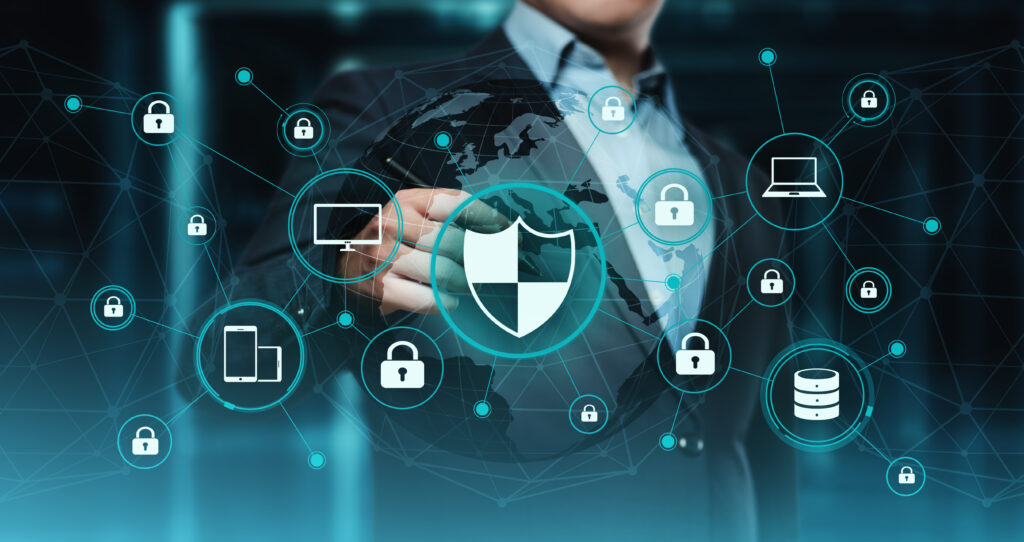
Attack Surface Management with Cynergy
Constant monitoring is crucial when managing vulnerabilities across both digital and physical attack surfaces. Cynergy offers a strategic risk-driven platform for lean cybersecurity teams managing multiple product lines to support secure, agile development on a huge scale. You can leverage the solution for the risk assessment process that prioritizes the attack surface issues based on your specific vulnerabilities. The prioritized action plan can be directly acted upon from the Cynergy platform, security project management, assignment of activities, outsourcing, and much more.
What’s more, Cynergy enables Continuous Asset Discovery to help you assume control of your externally exposed web, infrastructure, cloud, and device assets while also identifying leaks of sensitive employee and organizational data. This solution helps you get a clear view of threats against the business, thus providing an objective basis for implementing robust attack surface management programs.
As the attack surface evolves with businesses implementing new systems to respond to their customers’ demands and maintain a competitive edge, managing the attack surface complements security teams’ efforts to stay ahead of the attackers. Businesses should invest in a solution that identifies, prioritizes, and monitors digital assets to identify and address arising vulnerabilities. Such a solution enhances systems and network security by effectively preventing risks from outdated software, legacy IoT, shadow IT assets, third parties, and insider mistakes. Businesses can, fortunately, leverage Cynergy’s strategic risk-driven platform for risk assessment processes that prioritize attack surface issues based on their specific vulnerabilities.

